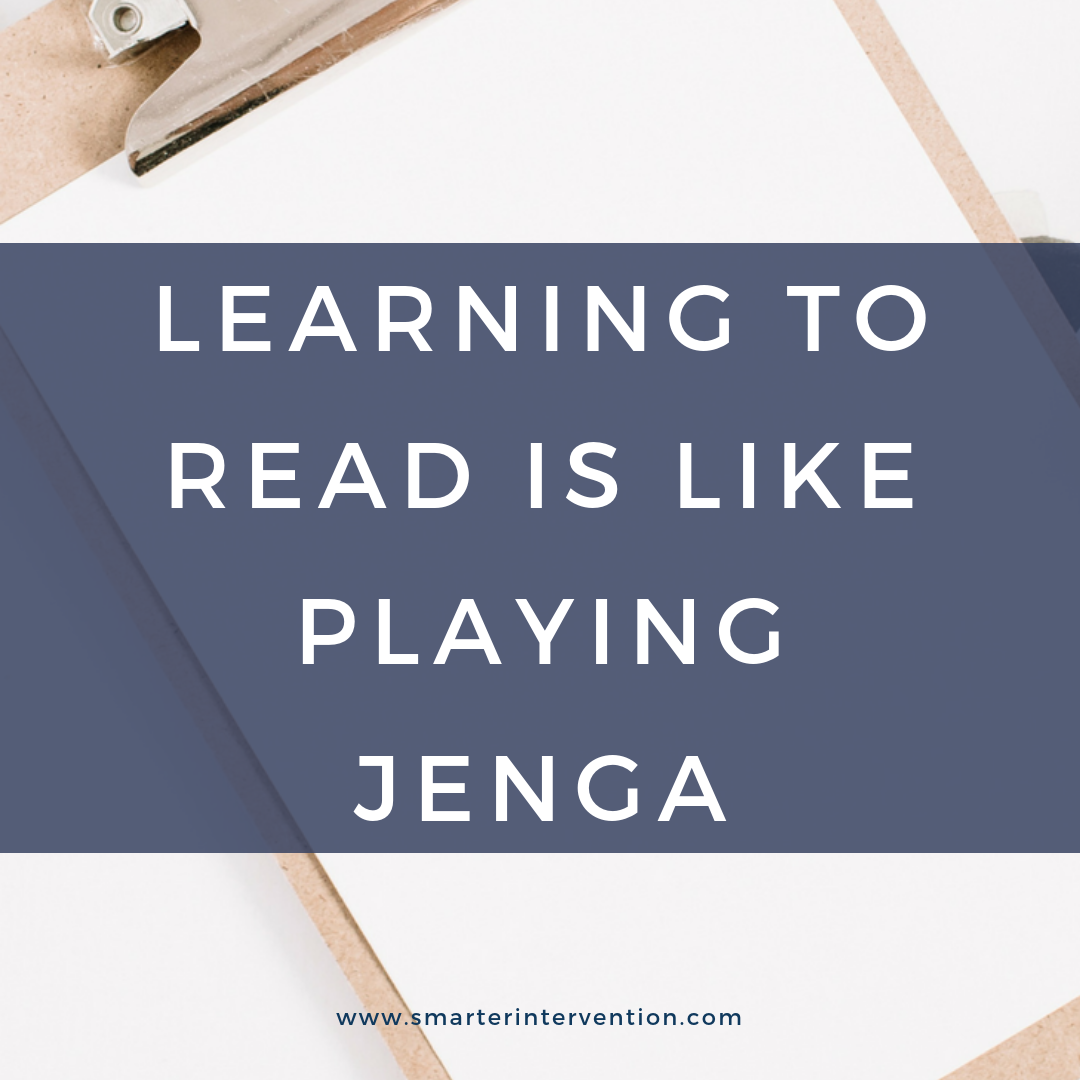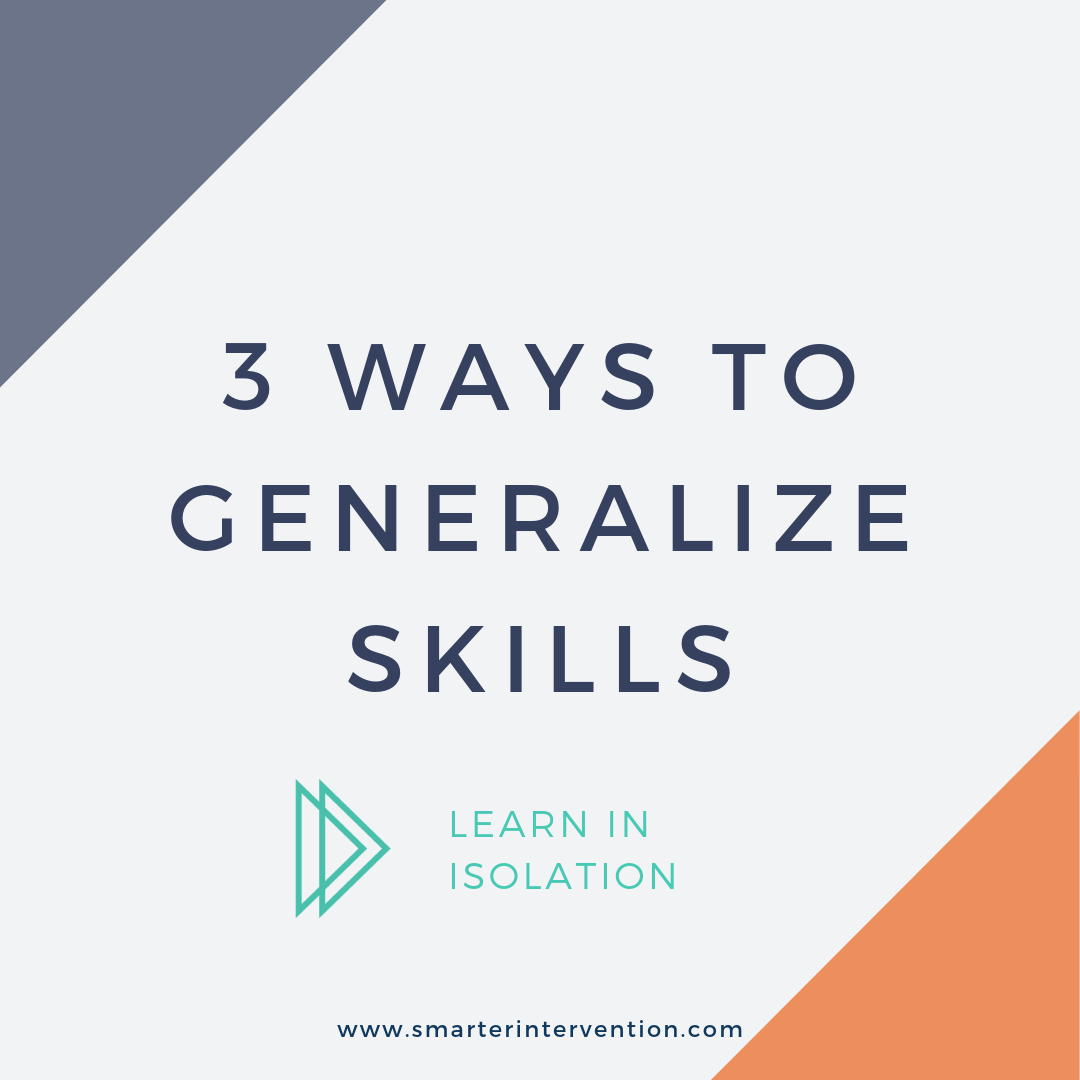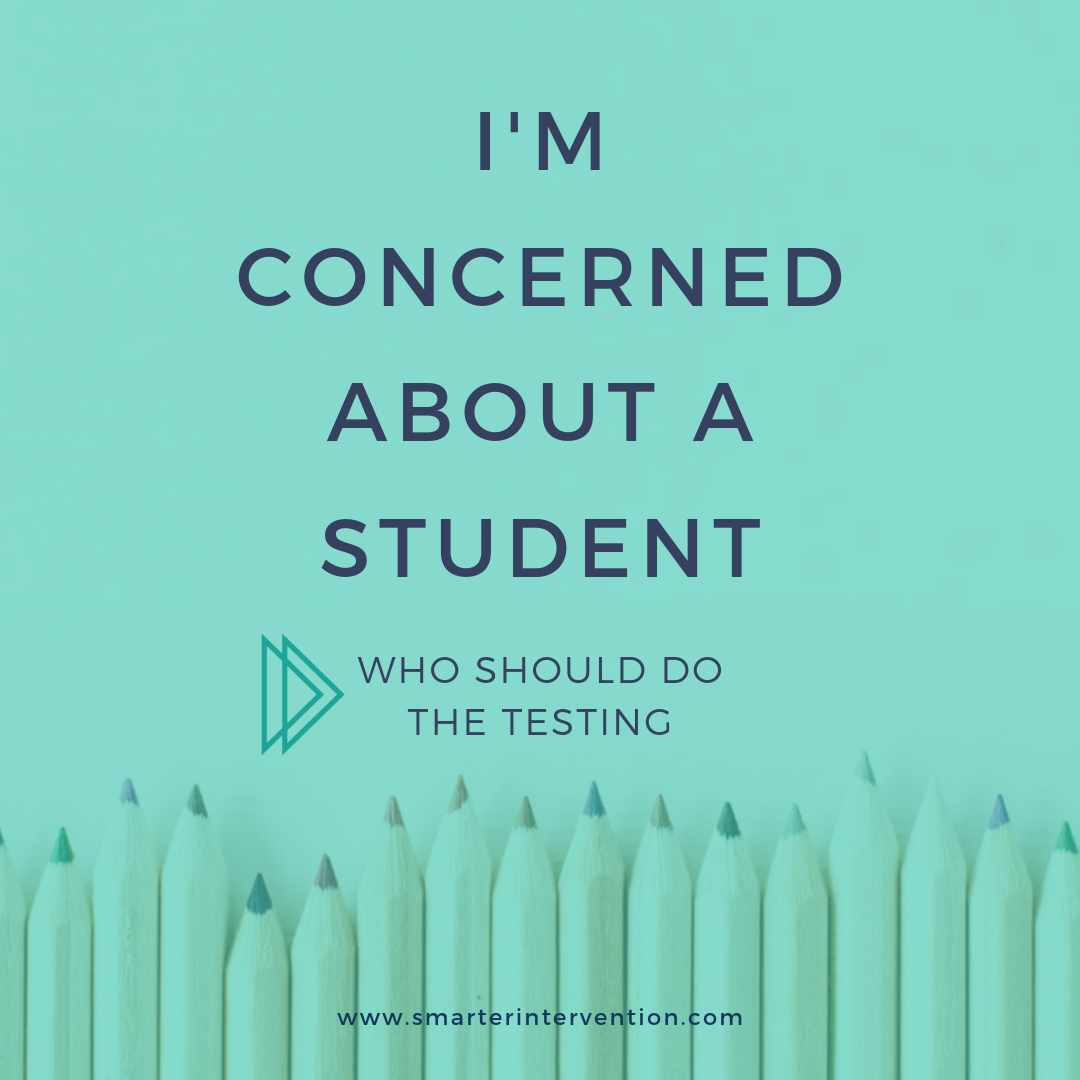Science-based literacy resources and articles
for families, educators and schools
Search by Category:
Categories
- Advocacy
- Authentic Literature
- Business
- Comprehension
- Data Tracking
- Differentiation
- Dyslexia
- Evaluation and Assessment
- Executive Functioning
- Games & Activities
- Helping My Child At Home
- How To
- IEP/504 Plan
- Lesson Planning
- Math
- Online Intervention
- Organization
- Parents
- Phonics
- Phonological Awareness
- Reading Comprehension
- Reading Fluency
- Research
- SLP
- Spelling
- Vocabulary
- Writing
Should I Teach Syllable Blending?
You might be wondering when it would be important to teach syllable blending. Is this a skill students even need?
The answer to that question is yes. This is a skill that students, in fact, need. But there are specific times when teaching this skill will be most important. Keep reading to learn more!
3 Common Myths About Reading Intervention
Today we wanted to have a little real talk with all of you. We wanted to address three common myths we keep hearing about research-based reading intervention.
How to Teach the au/aw Spelling Rule
Now, if you have been working with us for a while, you’ll know that we LOVE teaching with key images and phrases to help anchor skills for a student. For au/aw, we use the phrase “Yawn, I have to do the laundry.” This helps our struggling readers and spellers remember the rule. Keep reading for more tips, tricks and activities surrounding the au/aw vowel team.
How to Teach the OO Spelling Rule
OO can be a tricky vowel team because it has two sounds. Click through to read about our tips & tricks for teaching this vowel team!
How to Teach the oi/oy Spelling Rule
We use both “oi” and “oy” to make the /oi/ sound (think of the words “boy” and “foil”). When that sound comes in the middle of a word, we use “oi.” If it comes at the end of the word, we will use “oy.” Keep reading to learn more about how we teach our students all about this vowel team!
How to Teach the oa/oe Spelling Rule
Vowel teams can be tricky for students, but we have found that teaching them in this way has made a massive difference. Keep reading for ideas for teaching the OA/OE vowel teams!
Learning to Read is Like Playing Jenga
When we think of Reading Intervention, we often refer to the Jenga Tower. This stems from the game Jenga where players take turns strategically pulling blocks out of a tower. Each block is then placed on top of the tower, creating a progressively taller and more unstable structure.
Consonant LE Syllables - The Reading and Spelling Rules No One Ever Taught You
Here we are with our last syllable type! If you’ve been with us since the beginning of this series you’re all caught up on the crazy reading and spelling rules you may have never heard of - we certainly hadn’t. If you missed learning about all the spelling rules with the other syllable types - go back and check them out!
Open Syllables - The Reading and Spelling Rules That Nobody Taught You
Welcome to week 4 in our series of The Reading & Spelling Rules That Nobody Taught You. In this post, we are going to talk about the fourth syllable type we teach to our students, Open Syllables.
The Open Syllable is the opposite of a Closed Syllable. In an open syllable, you have a vowel left alone at the end of the syllable. Our students like to remember that when nothing is behind the vowel, it can go for a looooong run and say its loooooong sound.
R-Controlled Syllables - The Reading and Spelling Rules That Nobody Taught You
So we’ve been talking all about the reading and spelling rules that were brand new to us when we began to learn about Structured Literacy and the “science” behind the English language. Today, we are going to talk a little about the “Bossy-R” or the R-controlled syllable type. This one is a challenge!!!
VCE Syllables - The Reading and Spelling Rules That Nobody Taught You
The second syllable type we teach students is our VCE (Vowel Consonant E) Syllable Type. Perhaps, if I told you it was also called the Magic E Syllable, it would sound familiar? Click through to read about VCE syllables and all of the rules we teach within this syllable type!
Closed Syllables - The Reading and Spelling Rules That Nobody Taught You
Closed Syllables are the first of the syllable types that we teach to our students. Within this syllable type we cover the -ck, FLOSS, -tch, and -dge phonograms as well as the 1-1-1 doubling rule. Do you know all of these rules? Click through to find out!
3 Ways to Generalize Skills Learned in Isolation
This month we are going to be talking about ways to cement stragies used during intervention. The tough part about this is that typically our students are at all different levels, and so many of these strategies need to be differentiated or scaffolded based on student ability.
A lot of our families ask how we can generalize the skills their children learn in an intervention setting into the home, and even the classroom, instead of just practicing them in isolation.
How to Use Language and Reading Evaluation Data to Provide Better Instruction
Discover how to interpret and act on standardized assessment data to enhance literacy intervention. Learn to pinpoint language-based and reading-based weaknesses through assessments and tailor interventions accordingly. Strengthen vocabulary, language comprehension, syntax, decoding, fluency, and comprehension skills with targeted activities.
How Do I Make Sense of IEP or Private Testing Data?
Uncover the mystery of interpreting IEP scores! Learn the purpose and significance of Language, Cognitive, Academic, Social/Emotional, and Motor Functioning tests. Navigate the realm of Standard Scores and percentiles to understand your child's performance compared to their peers. Unlock the secrets of educational assessments with this comprehensive guide!
I'm Concerned About a Student - Who Should Do the Testing?
Discover 8 key signs indicating it may be time to refer students for testing. Understand the benefits and drawbacks of referring to your school's evaluation team versus a local psychologist. Make informed decisions to support struggling students effectively. Access our free course for comprehensive intervention strategies!
8 Key Signs That It May Be Time to Refer a Student for Testing
Uncover the 8 key signs that suggest it's time to refer a student for further testing. As an educator, learn to identify subtle indicators such as inconsistent performance, behavioral concerns, or a sense that something isn't quite right. Trust your instincts and take proactive steps to support struggling students effectively.
#1 Tip for Helping Your Students Time Block Their Homework
Discover the power of time blocking in education and how it can transform your students' learning experience. Learn how to help families understand appropriate homework time limits based on grade levels and identify potential academic struggles early on. Unlock valuable insights to support your students effectively!



















